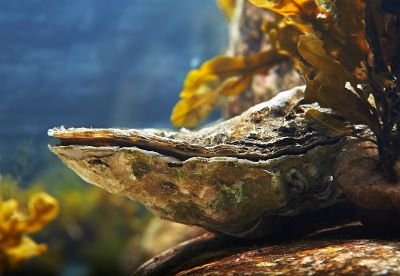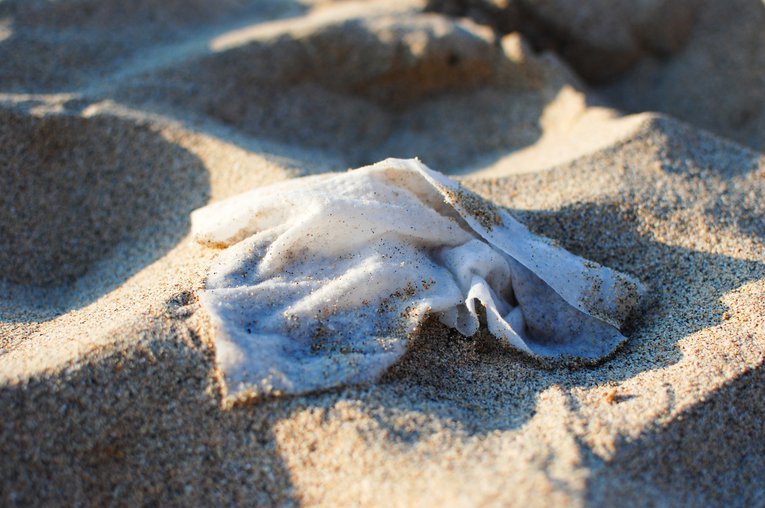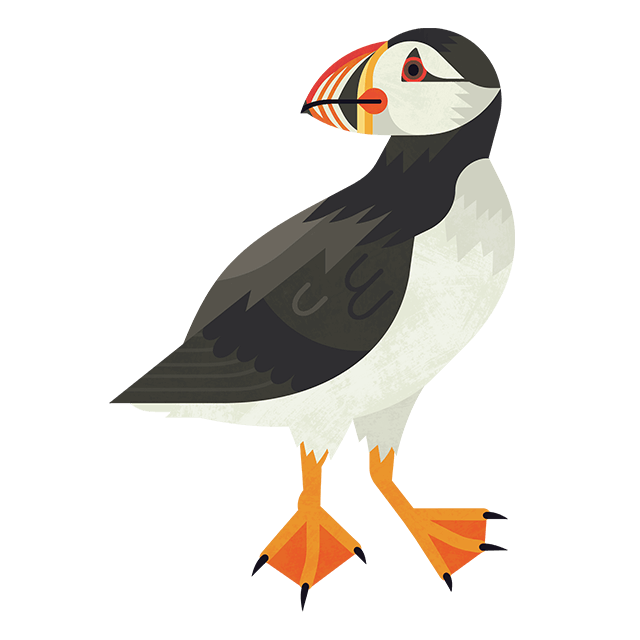
Positive ocean news: October edition 2023
We've rounded up some of October's good news stories for our seas, including native oyster and coral reef restoration projects, seagrass growth, and a rise in seabird populations.
New mooring systems lead to 212% rise in seagrass growth
While traditional moorings consist of a block and chain, which drags along the seabed, uprooting and damaging seagrass on it, the new mooring systems raise the chain off the seabed, preventing this from happening.
17 of these systems were installed in the area by the Marine Conservation Society and the Ocean Conservation Trust, with the hopes to expand this work to other areas in the UK.
Dr Jean Luc-Solandt, Marine Protected Areas Principal Specialist, who worked on the project, said, “It’s incredibly rewarding to see the seagrass meadows reappear after the installation of the Advanced Mooring Systems, restoring a vital habitat for local biodiversity, carbon storage and coastal protection.
Read more on here
10,000 oysters released off English coast to help tackle species decline

Credit: Pix Box
The Wild Oysters Project has created a man-made reef off the coast of North East England, before adding 10,000 native oysters to live there.
The reef was made using over 750 tonnes of old stones and scallop shells, which were lowered onto the seabed to act as a habitat for the oysters. 10,000 oysters were then added to the reef by hand.
Since the 1800s, the population of the North East’s oysters, which were a popular delicacy, have declined by 95% as a result of over-fishing, pollution and habitat loss. It’s hoped the Wild Oysters Project will help recover the local population (they won’t be farmed), before spreading to other areas over time.
Read more on the BBC Newsround website
Multi-billion-dollar initiative launches to conserve, protect, and restore coral reefs
Coral reefs support at least 25% of marine species and the livelihoods of coastal communities across the globe, with over one billion people dependent on healthy coral reefs.
Conserving, protecting, and restoring of half of the world’s coral reefs would preserve vital habitats and fishing grounds, including for commercially important species; provide shoreline protection; and could generate over US$18 billion from tourism each year.
By mitigating local drivers of coral reef loss, such as pollution, over-fishing and destructive coastal development, and supporting sustainable conservation, the Coral Reef Breakthrough seeks to double the area of coral reefs under effective protection and accelerate restoration to impact 30% of degraded reefs by 2030.
Read more on the Oceanographic website
Highest number of nesting seabirds on Lundy Island since 1930s

Credit: Kevin Morgans
Lundy Island, which is famous for its seabirds, is now home to 40,000 of them – the highest since the recorded 80,000 in 1939.
With the world’s seabird population down 70% in the past 70 years, and most of the UK’s seabird populations in decline, this is particularly welcome news to the small island.
Among the 40,000 feathered population are 95% of England’s breeding population of Manx shearwaters (25,000), 1,335 puffins and over 150 pairs of storm petrels. In 2000, there were only 7,351 seabirds, and only 13 puffins a mere 22 years ago.
The removal of rats – invasive predators brought onto the island by ships, which prey on seabird eggs and chicks – has helped drastically boost the number of seabirds living on the island today, which has been rat-free since 2006.
Read more on the Guardian website
Kerry town becomes Ireland’s first to ban disposable coffee cups
Problems with litter meant that many of these cups ended up in the natural environment, where they can harm wildlife and make their way into waterways.
Now, patrons who want a takeaway coffee must bring their own cup or pay a deposit for a reusable cup, which they get back when they return it.
Over 50 local businesses have joined the scheme, resulting in a noticeable decline in pollution. Several nearby towns are also considering introducing similar schemes.
Read more on the Guardian website
UK Government launches consultation on plastic wet wipes ban

Credit: Natasha Ewins
The six-week consultation will consider the impacts of a proposed ban of the sale of wet wipes containing plastic across the UK. It will also determine if any exemptions to the ban would be needed, and when the ban should come into effect.
11 billion wet wipes are used in the UK every year, which equates to almost 200 wet wipes per person. They contribute to microplastic pollution and are carried by waterways into the ocean, with the Marine Conservation Society reporting that wet wipes were found on 62% of UK beaches in 2022.
Environmental organisations and campaigners welcome the consultation and hope it results in a ban which comes into effect soon.
Laura Foster, Head of Clean Seas at the Marine Conservation Society, said, “A ban on plastic in wet wipes will help reduce the impacts of flushed wipes, with plastic affecting the growth, development and lifespan of sea life, and contribute to the wider issue of ocean plastic pollution.”
Read more on the ENDS Report website
European Union bans glitter to reduce microplastic pollution
Only glitter made from ‘non-biodegradable, insoluble plastic’ is included in the ban, which aims to encourage the replacement of “plastic glitter with more environmentally-friendly glitter that does not pollute our oceans.”
Traditional glitter is made with small layers of plastic, which end up in the environment, with damaging effects to wildlife. It is hoped that this ban will help reduce the amount of microplastics entering the ocean every year –which is almost one million tonnes.
The European Commission also announced that from 2031-2035, makeup products and nail polish for sale in the EU must be labelled to identify if they contain microplastics.
Read more on the Independent website







